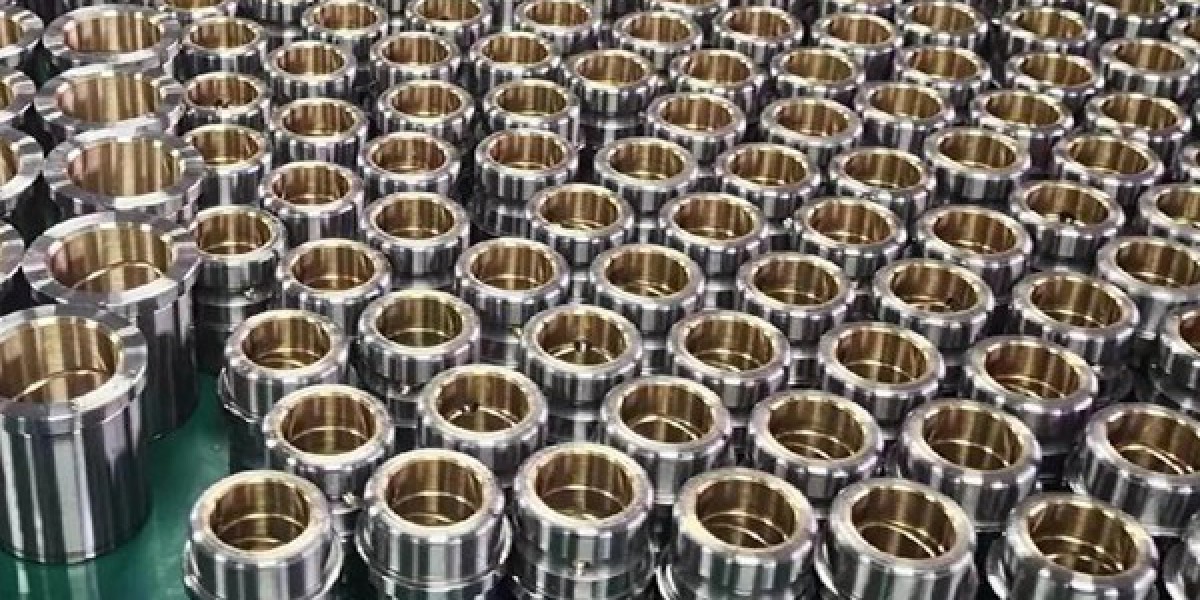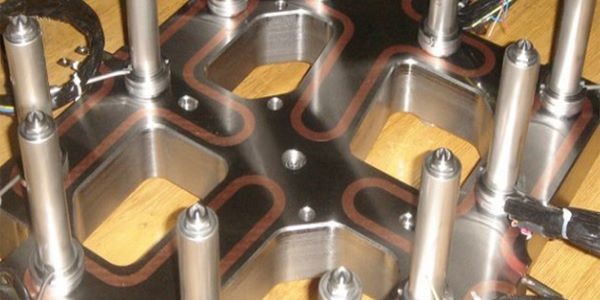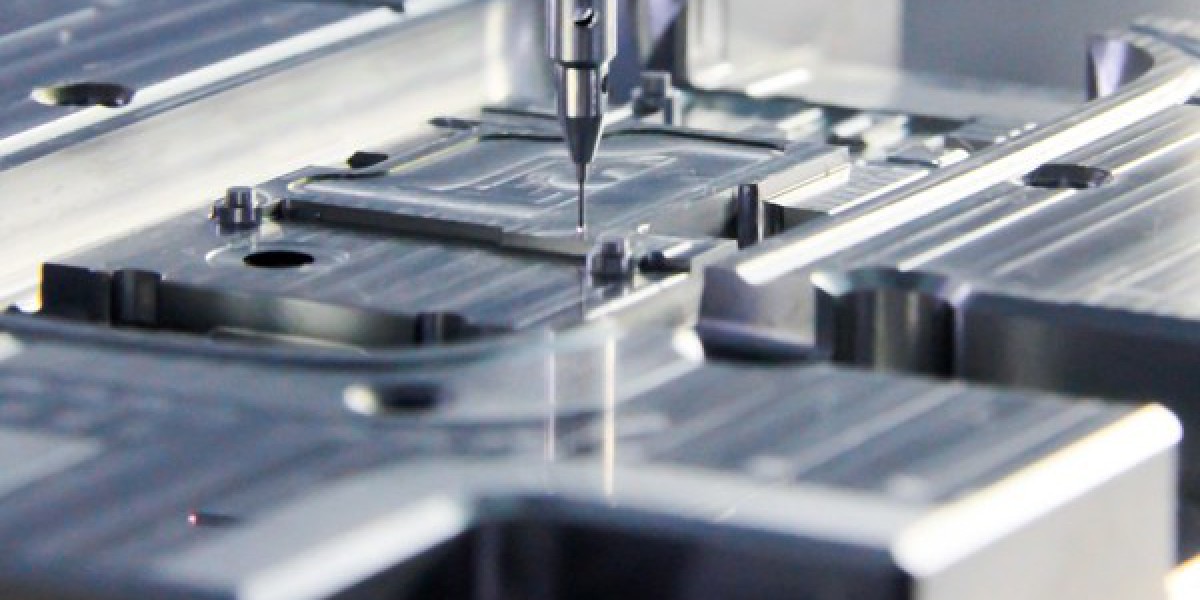In today's society, the medical mold industry is developing at an unprecedented speed, especially in the pet medical device segment, showing huge potential and unique development trends.
The application of medical molds in the field of pet medicine has achieved remarkable results. For example, the molds of diagnostic equipment commonly used by pets, such as X-ray machines and B-ultrasound machines, have become increasingly sophisticated in manufacturing technology and precision, thus ensuring that these devices can provide more accurate diagnostic results for pets. In terms of surgical instruments, from fine surgical scissors to complex orthopedic fixation devices, the design and manufacturing of their molds have become increasingly sophisticated, providing strong support for the successful implementation of pet surgery.
In the manufacturing process of pet medical device molds, material selection and innovation are crucial. High-performance engineering plastics and metal materials with good biocompatibility are widely used, which not only meet the functional requirements of the equipment, but also ensure the safety of the pet's body.
The rapid change of technology has put forward higher requirements for mold manufacturers. They need to continuously invest in research and development and keep up with cutting-edge technology to meet the market demand for new pet medical devices. At the same time, strict industry standards and regulations have also increased the difficulty and cost of production.
Despite the many challenges, the pet medical device mold field is still full of opportunities. As people pay more and more attention to the health of pets, the market demand for high-quality, personalized pet medical devices continues to expand. This provides a broad space for development for mold manufacturers.
Looking into the future, the development trend of pet medical device molds is exciting.
First, miniaturization and high precision will become the mainstream. With the advancement of pet medical technology, especially the development of minimally invasive surgery, smaller and more precise instruments are needed, which requires molds with extremely high precision and extremely small tolerance control.
Second, digital design and manufacturing will be more widely used. With the help of technologies such as computer-aided design (CAD) and computer-aided manufacturing (CAM), efficient design and precision processing of molds can be achieved, greatly shortening the R&D cycle and improving production efficiency.
Third, intelligent production will gradually rise. By introducing intelligent sensors and automated control systems, real-time monitoring and adjustment of the mold production process can be achieved to ensure the stability and consistency of product quality.
Fourthly, the concept of green environmental protection will be carried through. In the selection of mold materials, production process and waste disposal, more attention will be paid to environmental protection to reduce the impact on the environment.
Fifth, customized services will become the key to competition. Different pets have different body shapes and diseases, so their needs for medical devices are also different. Mold manufacturers can provide personalized mold design and manufacturing solutions based on the specific needs of customers, which will make them more competitive in the market.




